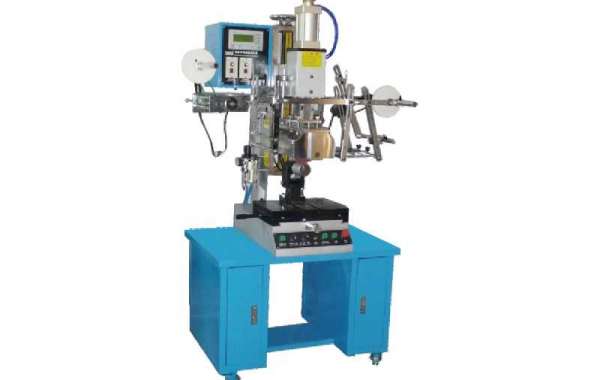Heat is another important feature to keep in mind, and probably the most important. The machines need to have consistent, even heat throughout the area or inconsistent color could result. Once into the larger-format sized on a flatbed, the heaters should have at least two heated zones. One zone alone will not do an adequate job in keeping the temperature even.
The fully automatic heat transfer printing machines apply dye sublimation prints to fabric, and can fixate or cure pre-printed fabrics. These machines are well suited for roll-to-roll applications and also for the transferring of cut parts available in widths that range from 10 to 220 inches. With an optional table feature, the rotary is capable of three setups: Roll-to-roll for both fabric and paper; a roll of printed paper with cut pieces of substrate; or cut paper and cut substrate. In short, the fabric can be cut before or after it has been transferred. The trend is moving toward cutting after transfer with the advent of new cutters that will optically recognize the garment parts. Rotary machines are suited for banners, flags, table drapes, soft signage, exhibits, athletic wear, mouse pads, ribbons/lanyards, casino tables and much more.
The rotary machine needs to have a transferable area that is wider than the width of the paper being printed. Just as the rotary machines come in several widths so do the printers. If you anticipate transferring a larger size, buy the widest heat rotary machine you can afford. In today’s market, printers are quickly becoming a consumable, and are relatively inexpensive, disposable and quickly replaced with a newer, faster technology. Contrarily, the heat transfer machine utilizes the same working technology with a life span of 30 years. Another important consideration in regard to buying the correct machine for your printer is speed. Rotary machines offer various sizes of drum heaters. The bigger the diameter of the drum, the faster the machine will run. A drum with a 12-inch diameter can transfer 3.9 feet per minute with a 35-second dwell time. That speed can keep up with three-and-a-half printers.
The standard rotary machine is fitted with three unwinds and three rewinds. The unwinds and rewinds are capable of holding rolls of fabric and paper with a maximum diameter of 10 inches, and a maximum width no wider than the belt. The machine has one set of winds for the tissue paper; this keeps the dye stuffs from contaminating your belt. One set of winds is for the printed paper, utilizing a pneumatic air bar that holds the paper square to the drum when introducing tension. This is especially crucial when dealing with thin-wall cardboard tubes. Lastly, the fabric unwind is fitted on a stationary bar with end caps that prevent lateral movement; a two-bar tensioning device can be rotated to increase the level of tension when required. All of the remaining unwinds and rewind bars are fitted with a clutch that can regulate the tension pneumatically. remaining unwinds and rewind bars are fitted with a clutch that can regulate the tension pneumatically.
As a heat transfer foil suppliers, we welcome to your come!








